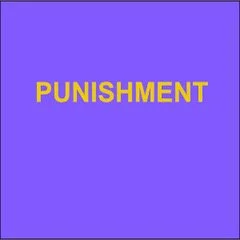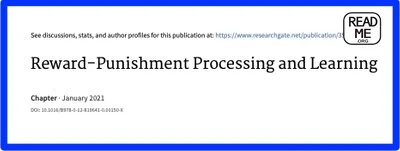By Hackjin Kim
It has long been debated whether approach and avoidance behaviors are controlled by largely segregated and functionally disso- ciable neural systems or they are served by a common neural mechanism (Boureauand Dayan, 2011; Cools et al., 2011; Palminteri and Pessiglione, 2017). In fact, much anatomical as well as neuropharmacological evidence seems to support the dual systems view. For example, one network including the ventromedial prefrontal cortex (vmPFC) and the nucleus accumbens (NAC)/the ventral striatum (VS) is preferentially involved in approach behavior, whereas another network including the dorsomedial prefrontal cortex (dmPFC), the dorsal striatum (DS), the insula, and the amygdala is involved in avoidance behavior (Palminteri and Pessiglione, 2017). In addition, this dual systems view seems to be also supported by functional dissociation between dopaminergic (DA) and serotonergic (5-HT) neuromodulatory systems, which have been shown to be involved in approach and avoidance behaviors, respectively (Daw et al., 2002). Alternatively, other theoretical and empirical studies support the uni ed system view, which suggests that approach and avoidance behaviors are not clearly distinguished from each other, possibly sharing common neural circuitries (Kim et al., 2006; Palminteri et al., 2015; Solomon and Corbit, 1974). In this article, I will rst review some key neural substrates of approach and avoidance behaviors, highlighting the inconsistencies between ndings that support the dual vs. uni ed systems views. Later I will suggest an alternative model of approach and avoidance learning based on hierarchical allostatic regulation, whereby con icts in competing internal bodily needs are regulated by incorporating external sensory information. This model can provide a useful theoretical framework to reconcile the inconsistencies, to integrate the current ndings, and to raise concrete and testable hypotheses.
Research Gate, 2021, 9p.


